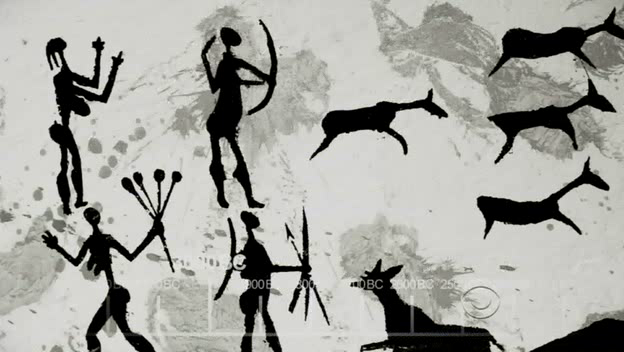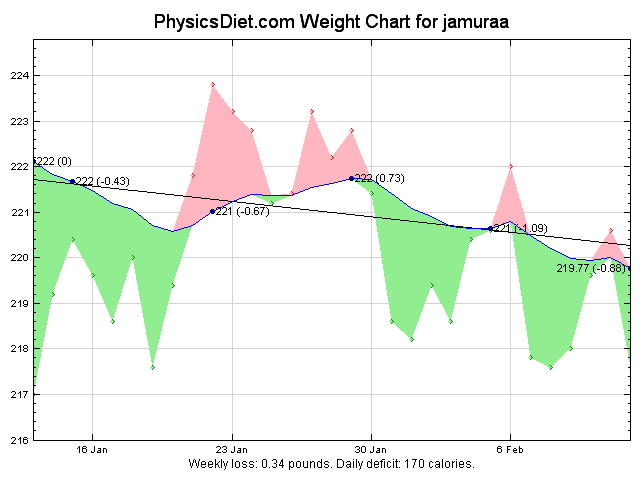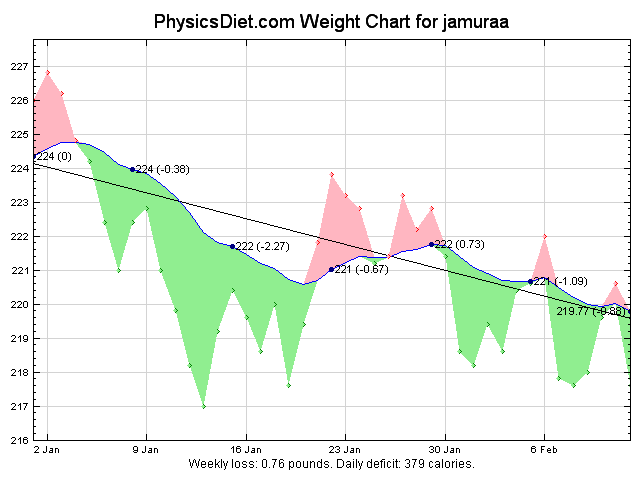Lately I’ve been feeling a bit overwhelmed, and not able to track all
the things that I want to make sure that I don’t miss in life. It’s
especially frustrating because I used to be a very organized person
who could get a lot of things done in a day, and I could keep track of
what I needed to do next. In the past I’ve used a number of systems
to organize myself, but lately I have been flying by the seat of my
pants so to say.
Going anarchic works for me for a certain number of tasks and a
certain amount of time, and I
usually end up working towards some type of list system in the
projects that are large enough for me to have so many tasks that I
can’t remember all of the things that I need to do in order to
completely forget about a task that needs to get done. In general, I
tend to keep a master list in my head of all the things that I need to
get done in every part of my life.
Earlier systems that I’ve tried seem to focus largely on removing the
list from my head, and getting it down into a system which I can
remember. This is one of the pillars of the GTD system, which is
referred to as the “trusted system”. It’s really more of a
pre-requisite of the system, because if you don’t trust the system at
all, then you’re still left with the list in your head, and you’ve
just externalized some of your list for no reason other than to
remind you of the list that you’re still carrying around in your head.
I’ve worked toward a trusted system in the past, and usually trust it
for a while, but I have never really fully trusted it, partially
because I have tried a lot of systems, and abandoned a lot of them for
days or weeks at a time, and then the system doesn’t have the most
recent tasks in it. That’s why the ubiquitous capture is one of the
most important parts of the system for me - if I can’t capture any
task (any task, no matter if it is relevant at the time) right away,
I can’t trust that it will actually make it into the system, and
therefore I can’t trust the system to have all the things that I need
to get done into it.
So usually I migrated toward some type of list-based system which I
can use with paper, which I can carry around in little notebooks that
I carry around with a pen. When I think of something to put on the
list, then I can put it on the notebook right away, and process it
later into some other lists. The most recent system which I
abandoned was AutoFocus and then SuperFocus, and a strange
hybrid of the two systems, which I had a strong affinity for because
it has a strong list-based component, a very strong ubiquitous
capture, and all works in a single massive list.
This single massive list worked okay for a while for me, and even
survived through a destruction of the system which is way more
than I usually expect. Usually I end up reacting to when the system
fails like that by deciding to find a new system, and spend a week or
two looking at some productivity pr0n before I settle on a new
system to try out for a week, month or year. It really is a great
system which does a great job of dealing with the “I don’t wanna right
now” aspect of the massive task list, which happens when you look at
your next thing on the list and you have an aversion to doing it. It
is one of the strengths of the system that it eventually just figures
out that you won’t be doing that task that you have passed over thirty
of forty times and forces you to admit that as well.
The big failing of the system that is making me move to a new system
now, is that it fails in the presence of two major things that have
emerged in my task list lately: tangible priority and massive volume.
Tangible priority happens when you have a specific list of projects
which you should be working on from the top to the bottom. This is
pretty strong in the work environment that I am in right now, where I
am expected and really should be working on one project until I can’t
do anything, finishing tasks for this highest priority project until
I’m either waiting on the calendar, another person, or a long-running
task. Tangible priority screws with the “don’t wanna” system
of AutoFocus, making it that you have to do certain things on the
list, and if something pops out at you and you want to work on it, you
really can’t do that because someone is counting on you to get the
high priority thing done.
Sometimes tangible priority takes the form of the deadline that
is farthest in the rear view mirror, and sometimes it is just that you
want to have the whole office be more productive, and need to have the
person who is waiting on you be the one with the ball. More often the
rear view mirror is a symptom of massive volume though. AutoFocus and
SuperFocus don’t deal very well with tasks that come at you from all
angles and in massive quantities, because even if you do manage to
capture all of those items right away, you won’t be able to actually
get to all the items in the list, and it will just grow longer and
longer. This happened to me at work. Eventually my list got to 20
legal pad pages of tasks, and wasn’t getting any shorter. I abandoned
the system and couldn’t make it continue to work.
I’ve been working on my time-limited anarchic mode for about three
weeks now, and it works well in the short term, especially when you
have two or three project which have the higher priority that I
mentioned a bit earlier. However, it falls down when you end up with
a state where you have to actually keep track of all the tasks. I
don’t like depending on asking other about what they need from me
right away, and I’ve been asking the question “What do you need?”
a bit too much for my comfort lately. I’m
determined to organize myself into something that resembles a strong
system again, so I can get back to saying “oh, I finished that for you
already” instead of “Do you need something?”. I find when I’m in that
mode at work, lots of great things start happening.
I haven’t worked out exactly what I’m going to use yet, but I’m
closing on it from all sides right now, and will be trialling a system
for the “home life”, which consists of a bunch of smaller projects as
well as normal errands which are micro-tasks, and of course the
massive thesis project. The varied sets and sizes of tasks made it a
good trial run in the past, and I’m hoping to have a good system soon.






